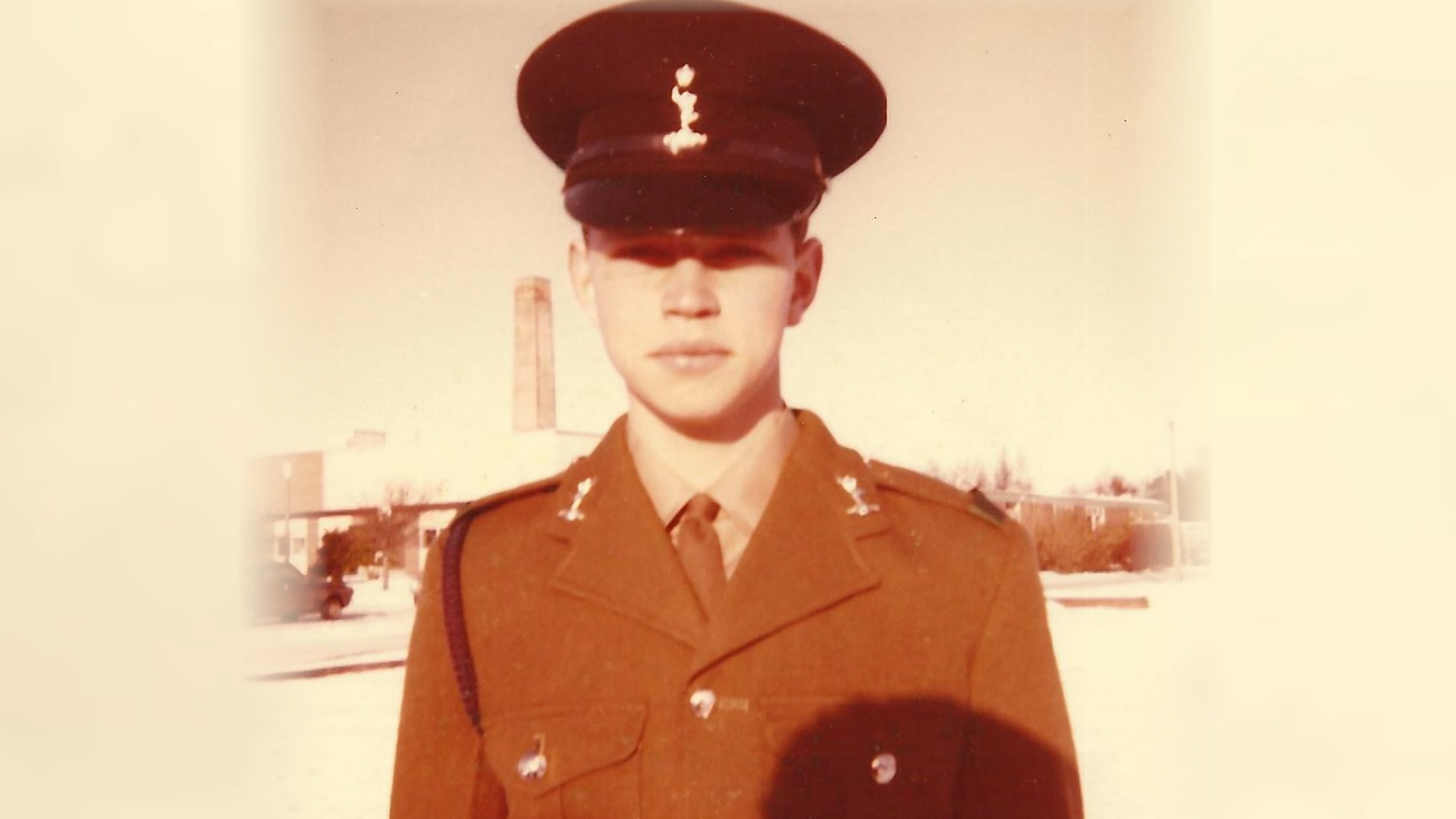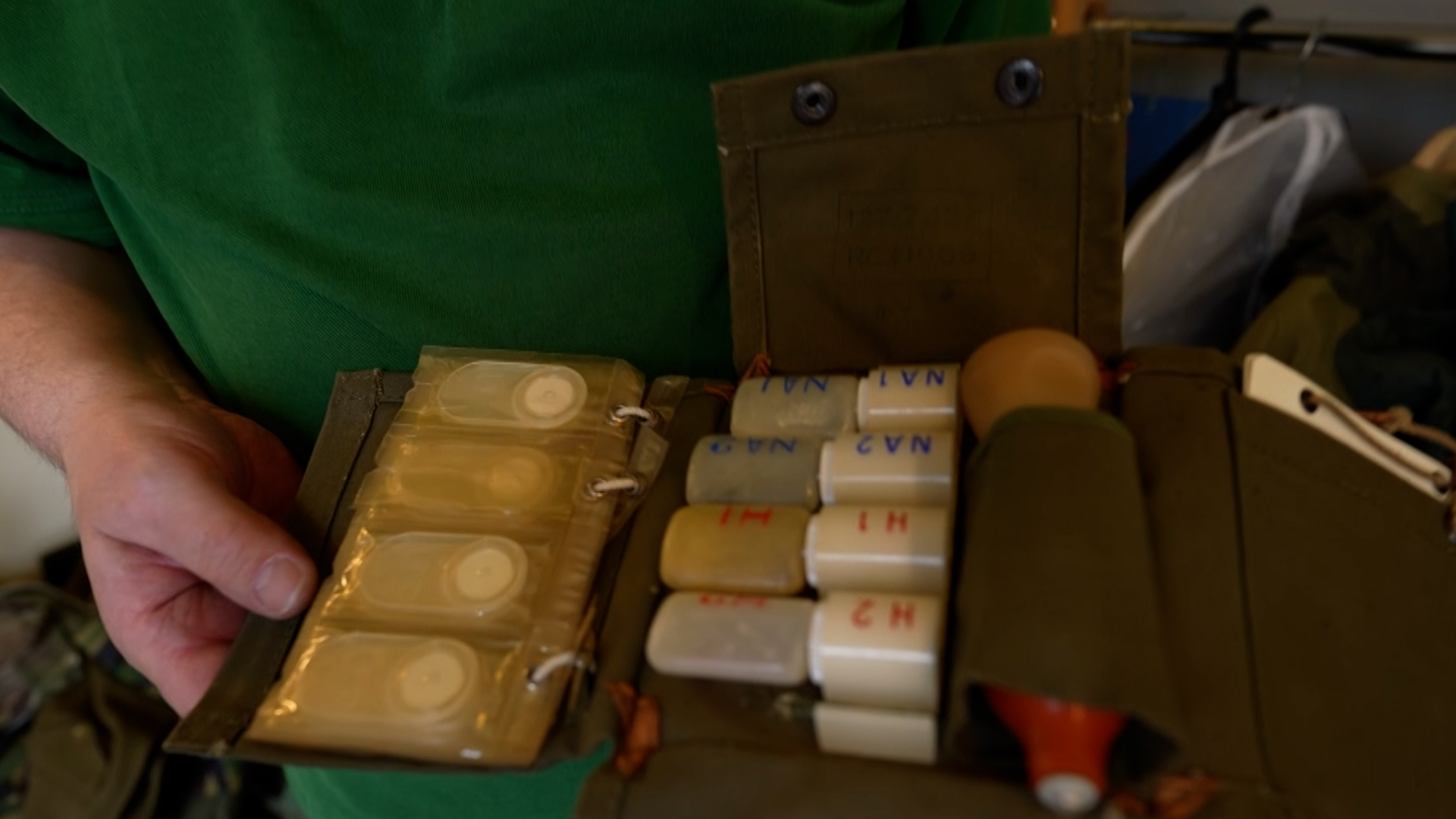The servicemen who changed history by volunteering to be drugged and poisoned
In 1983, a 19-year-old signaller stepped into a chamber at the MOD's 'chemical defence establishment' at Porton Down.
For 30 minutes he walked around in circles to the beat of a metronome while sarin gas was pumped through vents in the room.
That young signaller was Ian Foulkes.
"It felt like my windpipe had shrunk down to the size of a straw, so my breathing was quite laboured, Mr Foulkes described.
"As I was stepping out, the headache was starting to develop and after about half an hour, the pinpointing of the eyes really did kick in and effectively I was blind."
Ian was part of a research effort that ran for more than half a century – it was known as the Human Volunteers Programme.
Those who took part were known as 'human observers'.
When they arrived at Porton Down they underwent extensive medical examinations, before scientists decided what tests they would be involved in.

The research was diverse.
In all, more than 400 chemicals were tested – to examine their effects on humans, find antidotes to chemicals that might be used in warfare, or test the efficacy of protective equipment.
The CBRN (chemical, biological, radiological and nuclear) kit that servicemen and women wear today owes much to the men who took part in these early tests.
Iain Shore, of the Royal Army Ordnance Corps, volunteered at Porton in 1975, aged 25.
"I don't think many officers volunteered so they weren't entirely sure what to do with me!" he recalls.
He explains how he was handed the keys to a new Ford Escort and was asked to drive a course around some traffic cones.
On the second day, he was given certain amounts of alcohol and asked to drive the course again.
Then cannabis, then heroin and – he thinks – cocaine. To this day, he's not sure if he was also given LSD, but he thinks so.

Why do it?
"It was the Cold War," Iain explains. "There was relatively little to do and not much money.
"If someone dangles £200 in front of you, it's quite appealing! Peacetime soldiering is boring!"
Other tests examined the incapacitating effects of certain drugs. In 1964, volunteers from 41 Royal Marine Commando were given a glass of water laced with LSD.
Operation Moneybags aimed to investigate what the hallucinogen – which was used to treat mental health disorders at the time – would do to servicemen when tasked with regular duties.
At one point a commentator at the time announces: "Seventy minutes after the administration of the drug – with one man climbing a tree, the troop commander gives up – saying 'I cannot do anything about this, I cannot control the men and I can take no action myself. I am wiped out as an attacking force'."

Some veterans suffered ill health following the tests.
A recent study suggests a 6% increased risk of mortality among veterans who took part, compared to veterans who did not.
In 2006, the family of Ronald Maddison, an RAF airman who died after a nerve agent experiment at Porton Down in 1953, received a settlement of £100,000 in compensation from the MOD.
This led the way for other claims and many have received varying amounts of compensation since, although the MOD has not admitted fault.
All those who went to Porton volunteered to do so, although whether they were fully informed of the purpose of the experiments or the nature of the substances being tested wasn't always clear.

In the early days of the programme, many servicemen were told they were taking part in research into the 'common cold'.
Dr Brett Edwards, presenter of the Poisons and Pestilence Podcast, specialises in the history of chemical and biological weapons.
"That good defensive work that they were involved in has been really important in removing the incentive for states or substate groups to develop and use these weapons because we have continued to develop our defensive capability.
"I do believe there's a greater threat from substate actors than there's ever been. And that's not to say it's a huge threat but, certainly, I think there is a risk that groups will pursue this."
Ian Foulkes wants to find other veterans who also volunteered to take part in tests at Porton Down.
He hopes by forming an association, they can campaign for a service medal to recognise the important role they played.
"What we did was unique," he said. "You've seen that the nuclear veterans have at long last been awarded their medal, long overdue.
"And I think it's now time that the Porton Down veterans were recognised in the same way.
"What we did was for the benefit of the nation."
Any veterans who took part in tests at Porton Down and would like to contact Ian can email him here.









